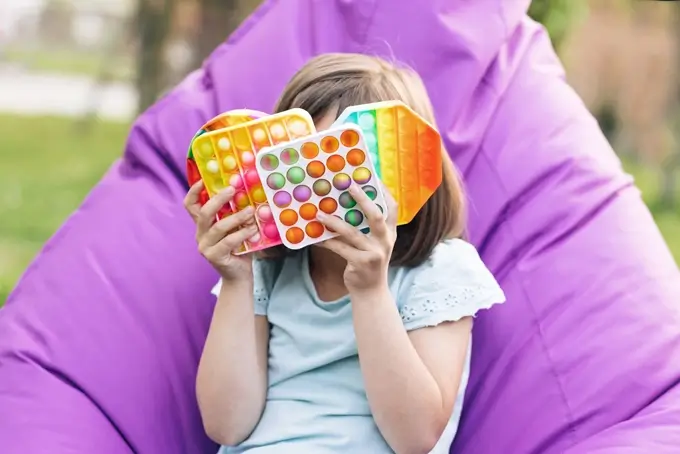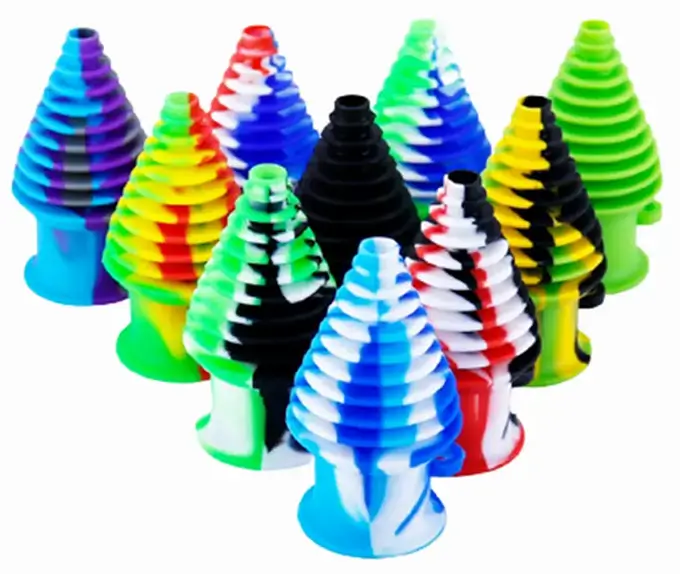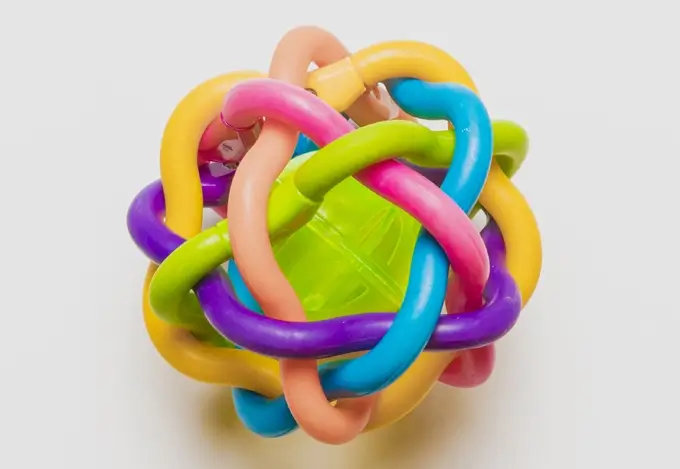Have you ever pondered the manufacturing process while admiring a multicolored silicone product? The answer can be found in the creative realm of multi-color silicone molding, a challenging procedure requiring dexterity, ingenuity, and plenty of color. We’ll walk you through this intriguing procedure in this article and examine the countless opportunities for designing customized multicolored silicone products. Prepare to enter a world of brilliant colors, elaborate patterns, and unmatched excellence.
Multi-color silicone molding is a process that allows for the creation of complex silicone products with multiple colors or designs. This innovative technology involves the use of multiple molds, each with a specific color or design, which are then combined during the molding process to produce a finished product with intricate details and vibrant colors. From automotive seals to kitchen gadgets, multi-color silicone molding is revolutionizing the silicone product industry and opening up new possibilities for design and functionality. In this article, we will explore the world of multi-color silicone molding and its many applications.

I. Introduction
A cutting-edge method called multi-color silicone molding makes it feasible to produce intricate, vibrant silicone objects that were previously thought to be unattainable. This ground-breaking method has transformed the silicone market and given manufacturers and product designers alike a whole new range of options.
The capacity to produce elaborate designs and patterns in a single manufacturing run, saving time and money, is one of the main advantages of multi-color silicone molding. It also permits greater design versatility, letting producers produce goods with a variety of colors, gradients, and textures.
Overall, multi-color silicone molding is a game-changer in the silicone manufacturing industry, offering a quick and affordable way to build intricate, high-quality goods that are lovely to look at.
II. The basics of multi-color silicone molding
The technique of multi-color silicone molding entails producing silicone goods in more than one color. There are various steps to the process, the first of which is making the mold that will be utilized to create the final product. A variety of processes, including CNC machining and 3D printing, are used to build the mold, which is normally built from a material like steel or aluminum.
The mold is readied for molding after it has been constructed. To stop the silicone from sticking, you must first apply a release agent to the mold’s exterior. The silicone is then manufactured by combining it with the chosen colors and any additional ingredients, such as curing agents, that may be required.
Then, a specialized device called an injection molding machine is used to inject the silicone into the mold. In order to drive the silicone into the mold and give it the desired shape and color, the machine uses pressure and heat. The silicone product is then taken out of the mold after it has cooled.
Overmolding and insert molding are two of the methods that can be utilized to make multi-color silicone items. Whereas insert molding includes incorporating a part or insert into the silicone product, overmolding entails molding one layer of silicone on top of another. With a high degree of precision and accuracy, these procedures enable the production of complex, multicolored silicone objects.

III. Advantages of multi-color silicone molding
Multi-color silicone molding offers several advantages over traditional single-color molding techniques, including:
1. Reduced production time and cost: Multi-color molding allows multiple colors to be applied to a product at once, eliminating the need for multiple production cycles and reducing the overall manufacturing time and cost.
2. Enhanced design options: Multi-color molding opens up a world of design possibilities that were previously impossible with single-color molding. This technique allows for intricate color patterns, gradients, and other design elements that can enhance the overall look and feel of a product.
3. Improved functionality: Multi-color molding can also improve the functionality of a product. For example, products with multiple colors can help with branding and product recognition, making them easier for consumers to identify and use.
Overall, multi-color silicone molding offers a range of benefits that can help manufacturers create high-quality products that are both visually appealing and functional. By leveraging the latest molding techniques and tools, manufacturers can take advantage of this innovative technology to create products that stand out in a crowded marketplace.
IV. Applications of Multi-Color Silicone Molding
Multi-color silicone molding has a wide range of applications across various industries. Here are some examples:
1. Health and Medical Industry: Multi-color silicone molding is used to create medical devices such as hearing aids, orthopedic braces, and prosthetics. The technique allows for the creation of devices with intricate designs and multiple colors, which can enhance their functionality and aesthetics.
2. Food Industry: Multi-color silicone molding is used to create molds for food products such as chocolates and candies. The technique allows for the creation of complex designs with multiple colors, which can enhance the visual appeal of the products.
3. Consumer Products Industry: Multi-color silicone molding is used to create a wide range of consumer products such as phone cases, keychains, and kitchen utensils. The technique allows for the creation of products with unique designs and multiple colors, which can attract customers and increase sales.
4. Automotive Industry: Multi-color silicone molding is used to create automotive parts such as key fobs and dashboard covers. The technique allows for the creation of parts with multiple colors and textures, which can enhance the overall appearance of the vehicle.
Real-world examples of multi-color silicone molding include:
● The creation of colorful and intricately designed hearing aids using multi-color silicone molding
● The creation of complex chocolate molds with multiple colors and designs using multi-color silicone molding
● The production of phone cases with unique designs and multiple colors using multi-color silicone molding
● The creation of automotive parts with multiple colors and textures using multi-color silicone molding
In conclusion, multi-color silicone molding is a versatile and innovative technique that has numerous applications across various industries. The ability to create products with unique designs and multiple colors can enhance their functionality, aesthetics, and overall appeal.

V. Challenges and considerations
● Discuss the importance of color consistency in multi-color silicone molding, and the challenges of achieving it. Mention factors that can affect color consistency, such as variations in material properties, processing conditions, and tooling design.
● Explain the complexity of designing and producing multi-color silicone molds, and the need for specialized equipment and expertise. Highlight the importance of working with an experienced manufacturer who can help optimize the mold design and production process.
● Discuss the importance of selecting the right silicone material for the application, and how material properties can affect the success of the molding process. Provide guidance on selecting materials with the appropriate hardness, durometer, and other properties for the desired application.
● Address the potential for defects in multi-color silicone molded parts, such as flash, warpage, or misalignment. Offer strategies for minimizing these defects, such as optimizing mold design and process parameters, and performing thorough quality inspections.
VI. Future trends in multi-color silicone molding
As with any manufacturing technique, multi-color silicone molding is constantly evolving and improving. Here are some potential future trends to watch for:
1. Improved color matching technology: Currently, achieving precise color consistency in multi-color silicone molding can be a challenge. However, advancements in color matching technology may make it easier to produce accurate and consistent colors.
2. Automation: As automation becomes more widespread in manufacturing, it is possible that multi-color silicone molding will become more automated, resulting in faster production times and lower costs.
3. New materials: Researchers are constantly exploring new materials that can be used in silicone molding, including conductive silicone, silicone with integrated sensors, and even self-healing silicone. These materials could have exciting applications in fields such as medical devices, wearables, and electronics.
4. Integration with other technologies: As 3D printing and other technologies continue to develop, it is possible that multi-color silicone molding will be integrated with these technologies to create even more complex and customized products.
Overall, the future of multi-color silicone molding is bright, with plenty of opportunities for innovation and improvement.

VII. Conclusion
In conclusion, multi-color silicone molding is an innovative technique that offers a range of benefits to product designers and manufacturers. By reducing production time and cost, while also enhancing design and functionality, multi-color silicone molding has become increasingly popular across various industries. However, it is important to be aware of the challenges involved in this process and to follow best practices to ensure consistent color and optimal tooling design. As this technology continues to evolve, we can expect to see even more advancements in multi-color silicone molding in the future. We encourage readers to consider the potential benefits of this technique for their own projects and to explore the possibilities of multi-color silicone molding.